Category: Communications
-
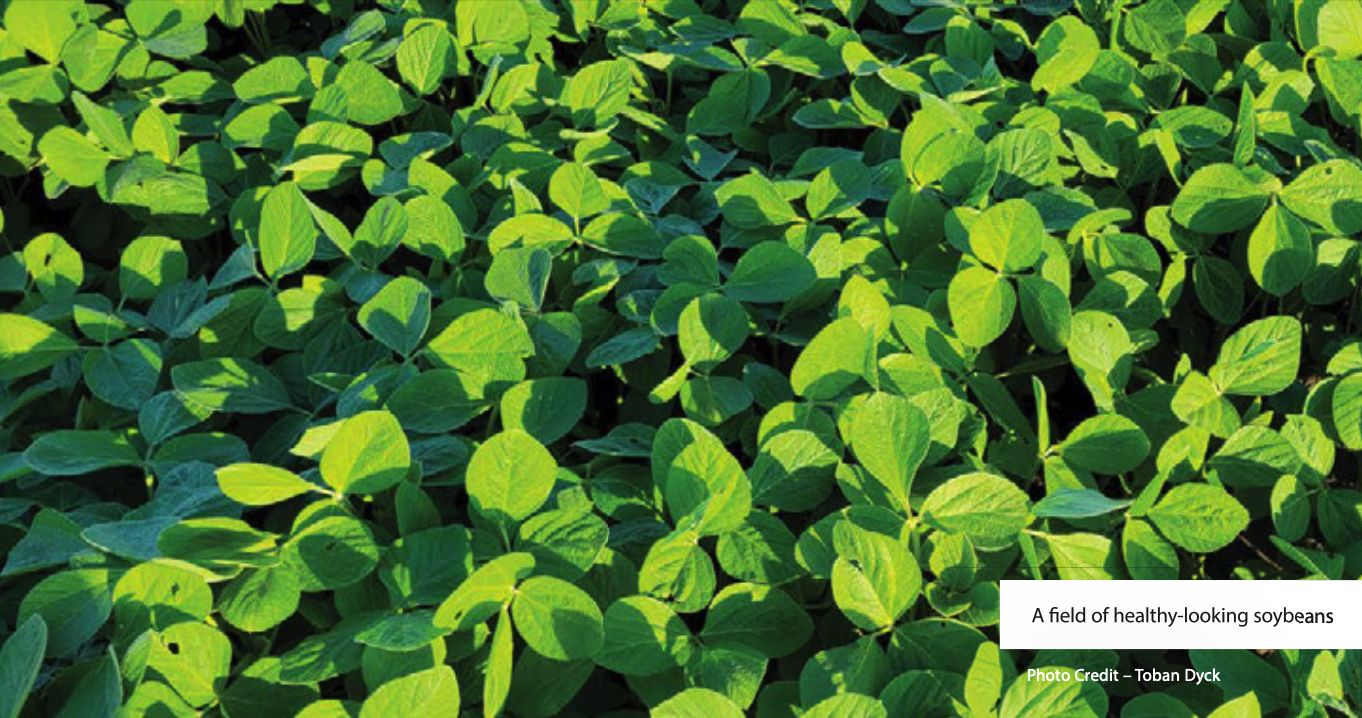
A New Diagnostic Tool for Accurate and Simultaneous Detection of Multiple Soybean Root/Stem Diseases
Bryan J. Cassone Ph.D., Brandon University SOYBEAN AND ITS ROOT/STEM DISEASES Like all crops, soybean plays host to a variety of disease-causing microorganisms (called pathogens), which can decrease harvesting yields and impact seed quality. Although Manitoba has not yet experienced … Continue reading →
-
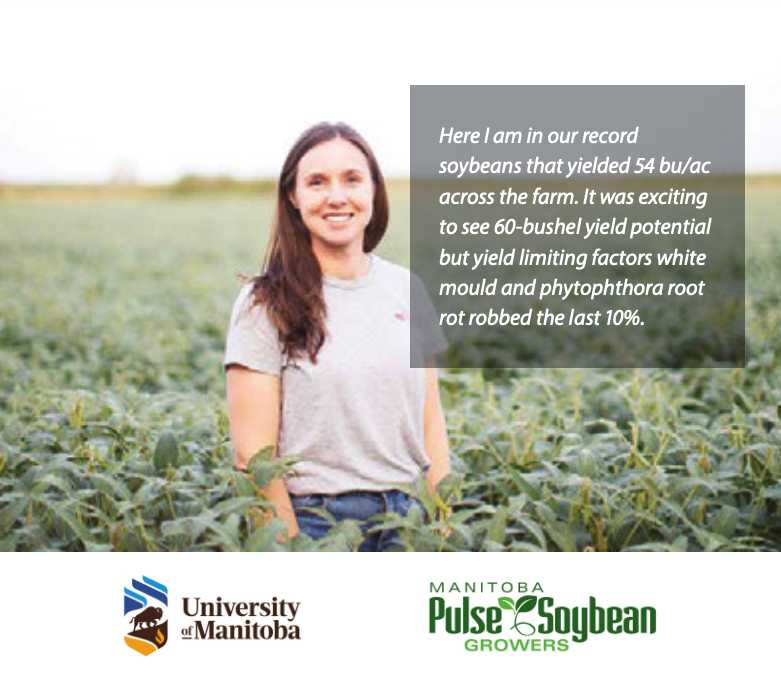
Sixty-Bushel Soybeans: Exploring Yield Potential
Kristen P. MacMillan, Agronomist-in-Residence, University of Manitoba/MPSG THE ADAGE “RAIN MAKES GRAIN” certainly held true for soybeans in 2022. Following a historic drought across the prairies in 2021, soybean yield potential was realized across many regions of Manitoba in this … Continue reading →
-
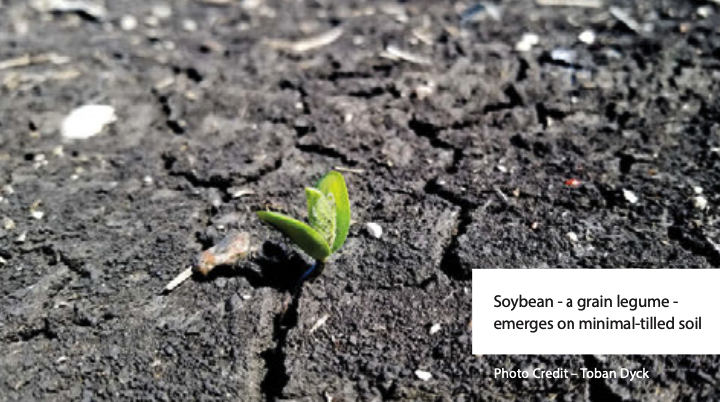
Grain and Forage Legumes in Sustainable Crop Production
Mario Tenuta, Senior Industrial Research Chair in 4R Nutrient Stewardship, Department of Soil Science, University of Manitoba CLIMATE SCIENTISTS HAVE an overwhelming consensus that greenhouse gases (carbon dioxide, methane and nitrous oxide) emitted from human activity has resulted in an … Continue reading →
-
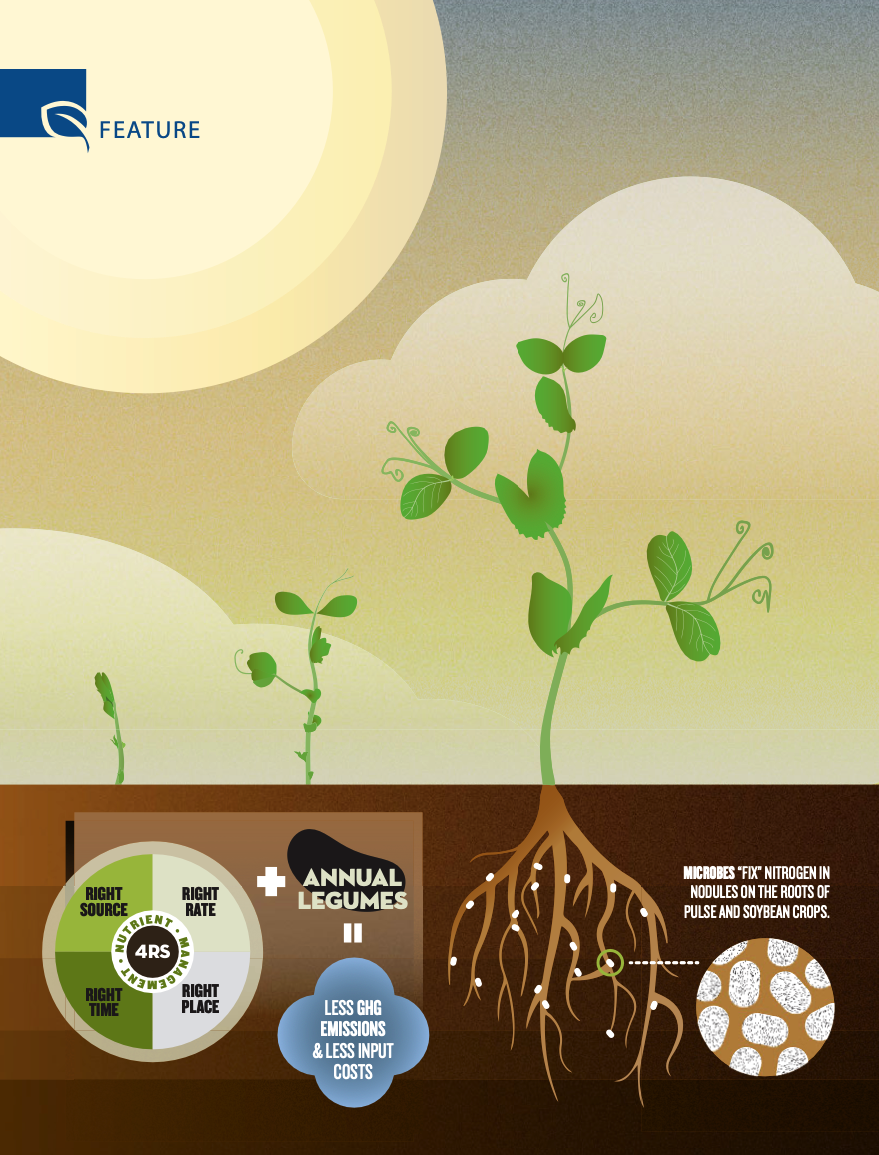
Role of Annual Legumes in the Low Carbon Economy
Charley Sprenger, B.E., M.Sc., Project Leader Gary Bergen, P.Eng., Technical Lead | The Prairie Agricultural Machinery Institute (PAMI) Annual legumes play a critical role in today’s low-carbon economy. The following two articles illustrate how introducing legumes into your crop rotation … Continue reading →
-
Unlocking the Potential of Pulses: Five-Year Research Cluster Program Addresses Key Priorities for Canadian Pulse Farmers
From 2018-2023, Manitoba Pulse and Soybean Growers (MPSG) collaborated with government and industry partners under the Canadian Agricultural Partnership (CAP) Agriscience Cluster Program to invest more than $10 million into research projects through the recently completed Pulse Science Cluster. Anyone … Continue reading →

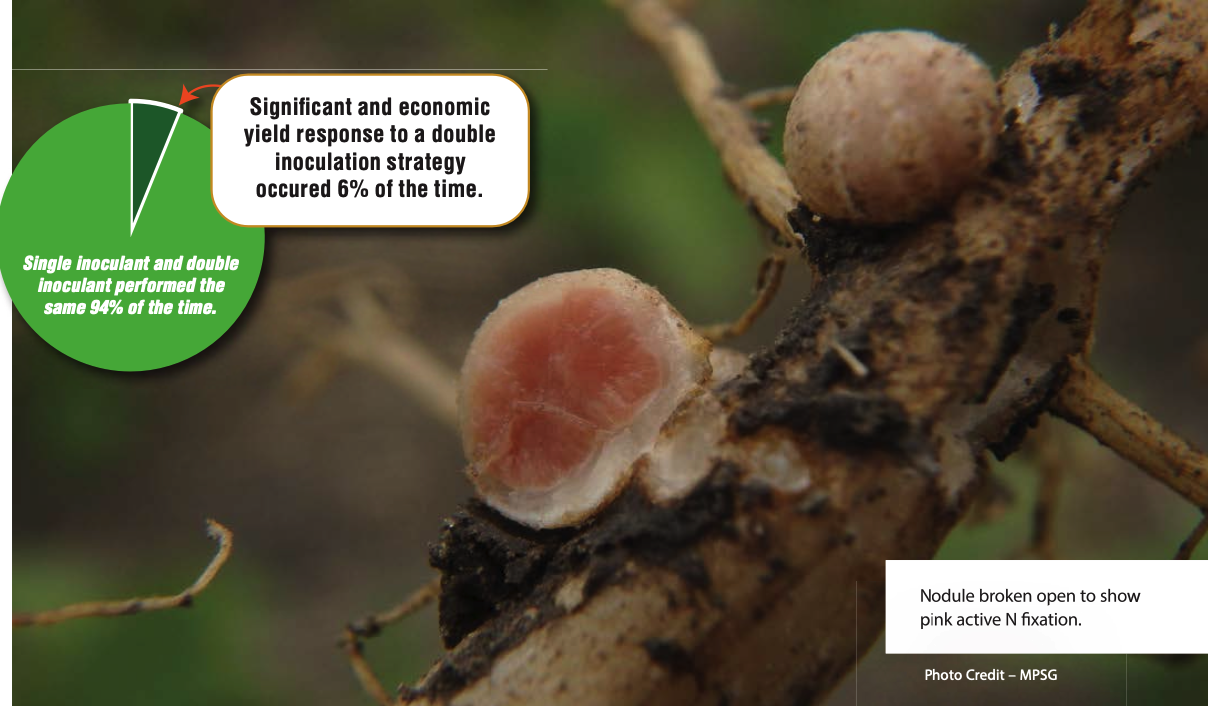
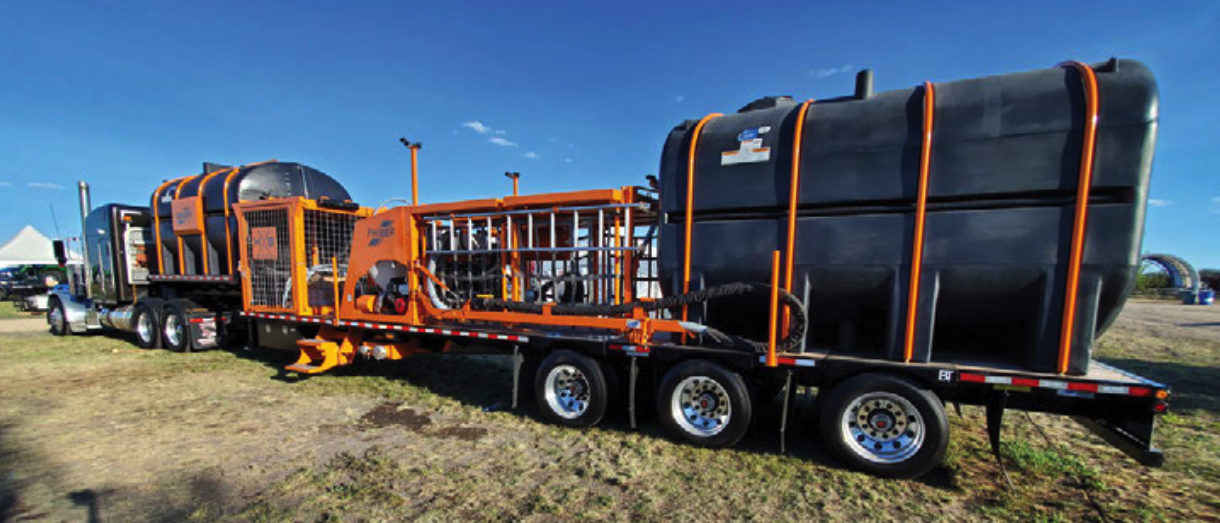
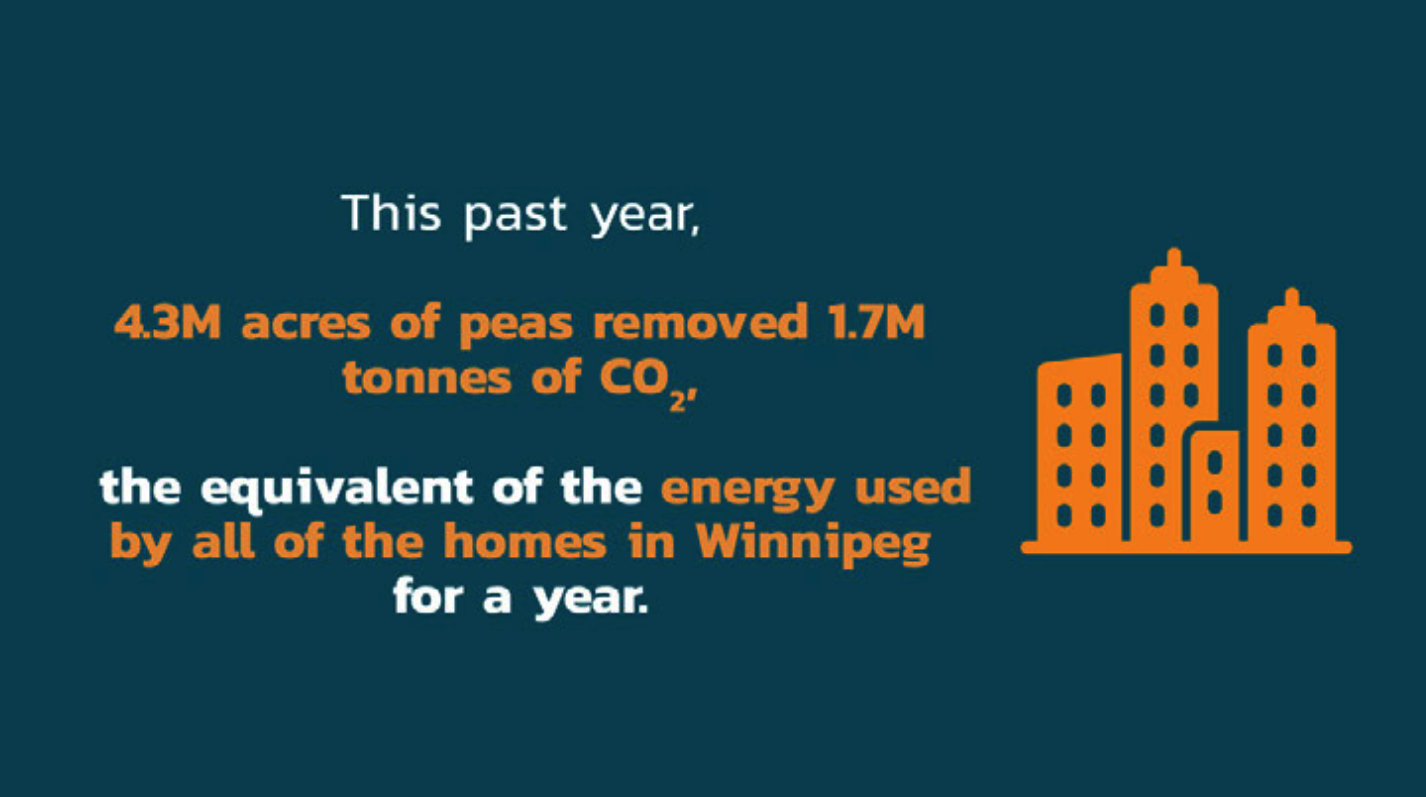
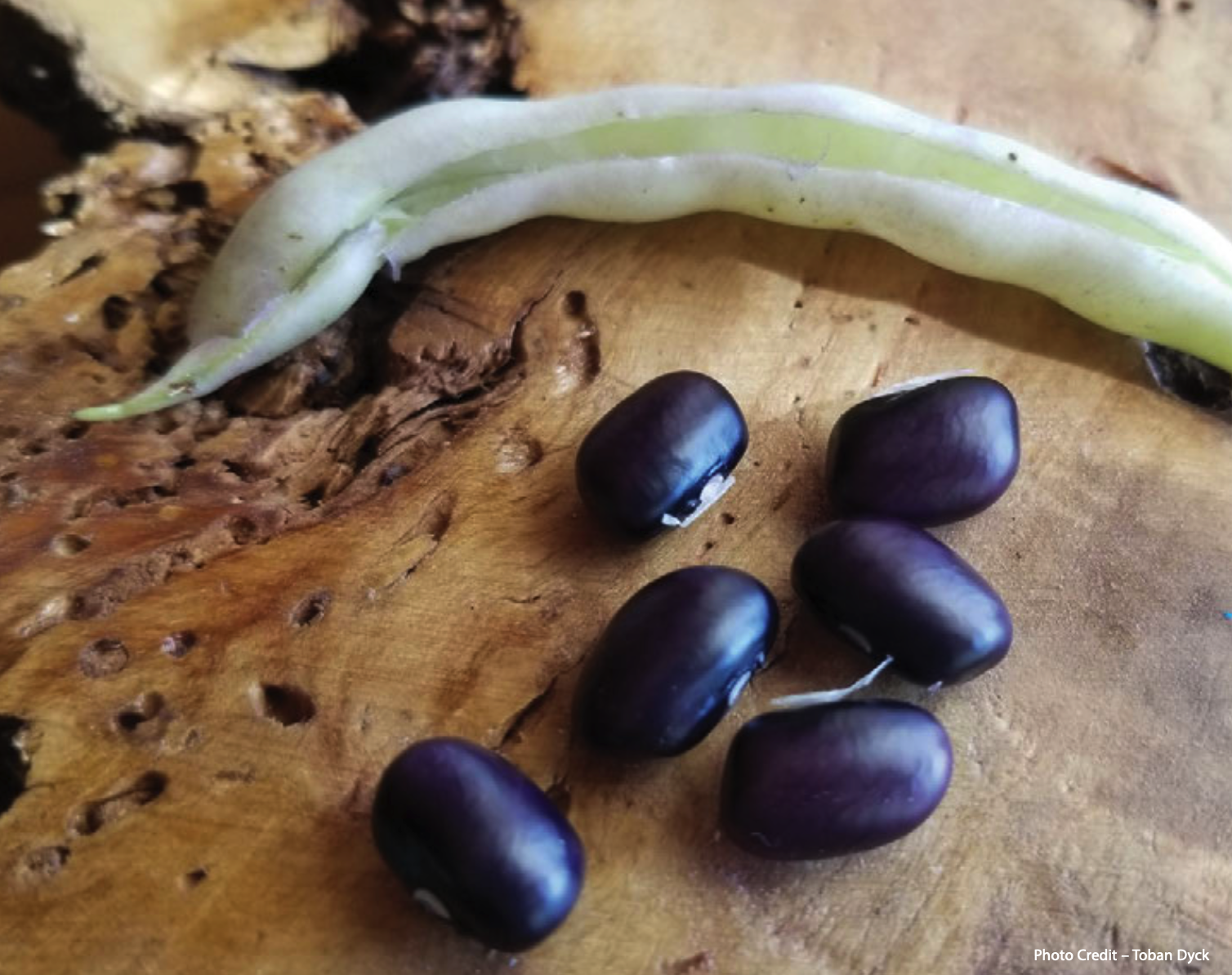
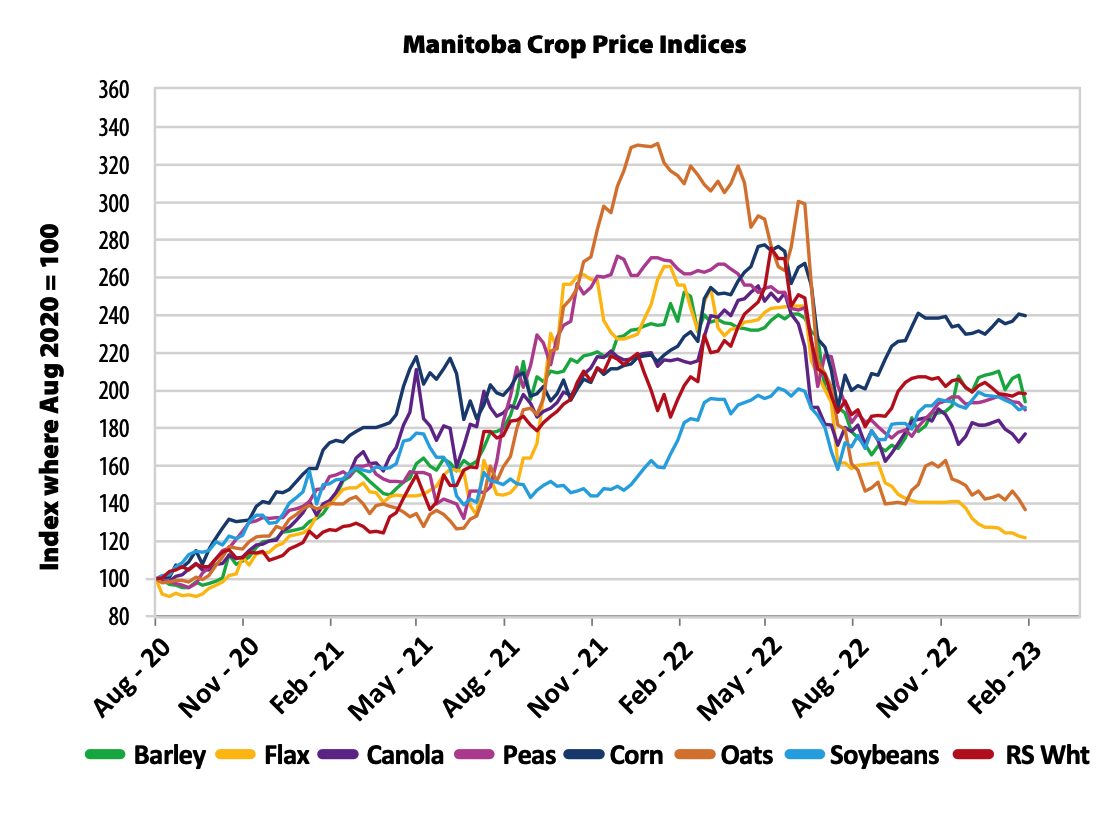

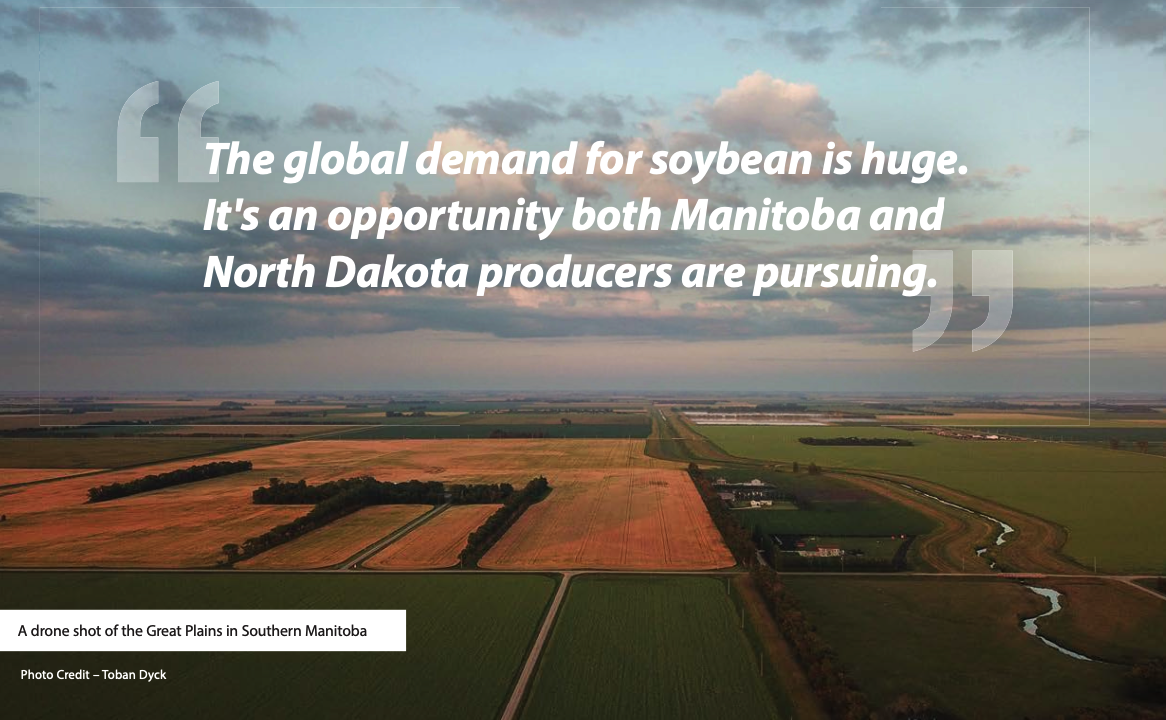
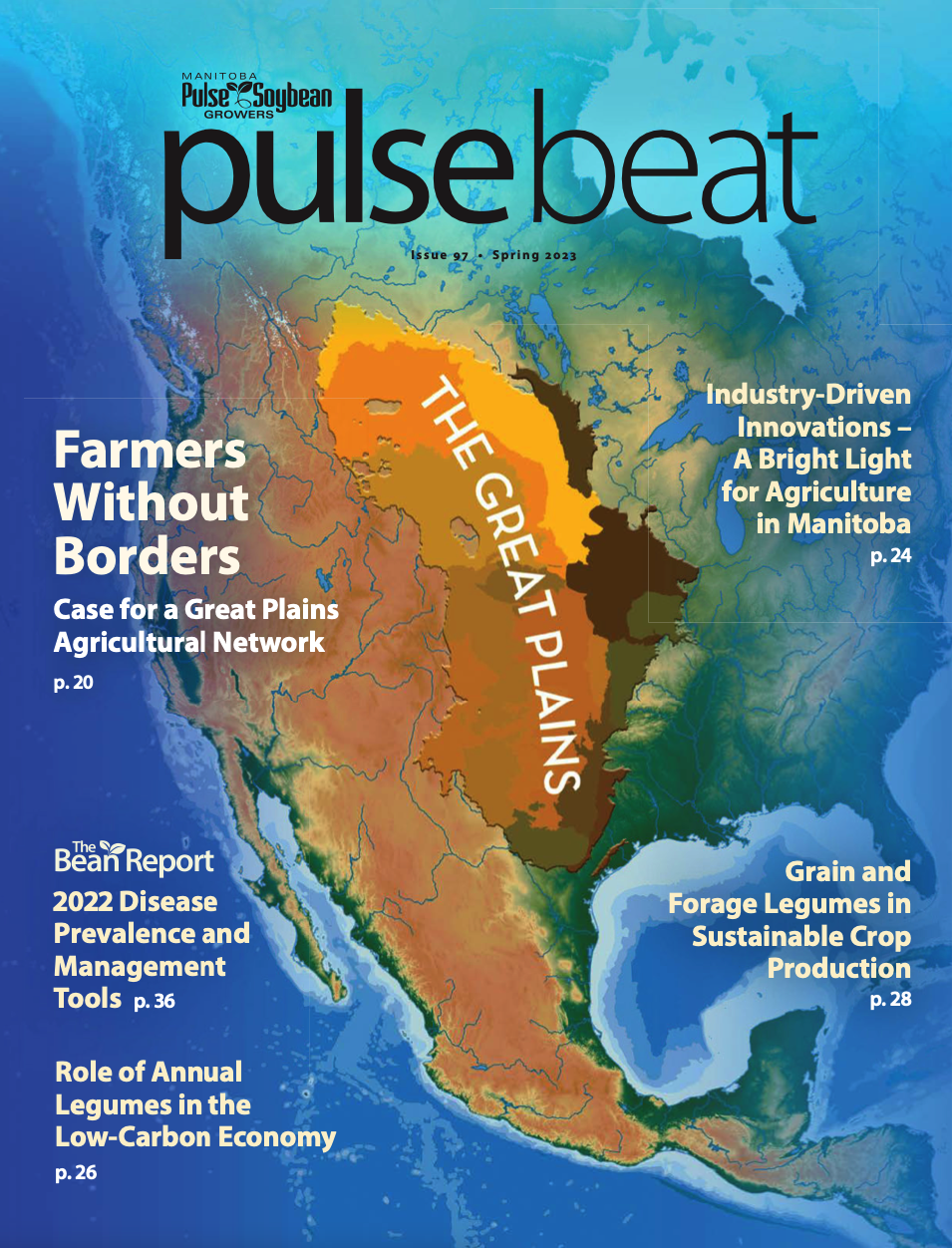
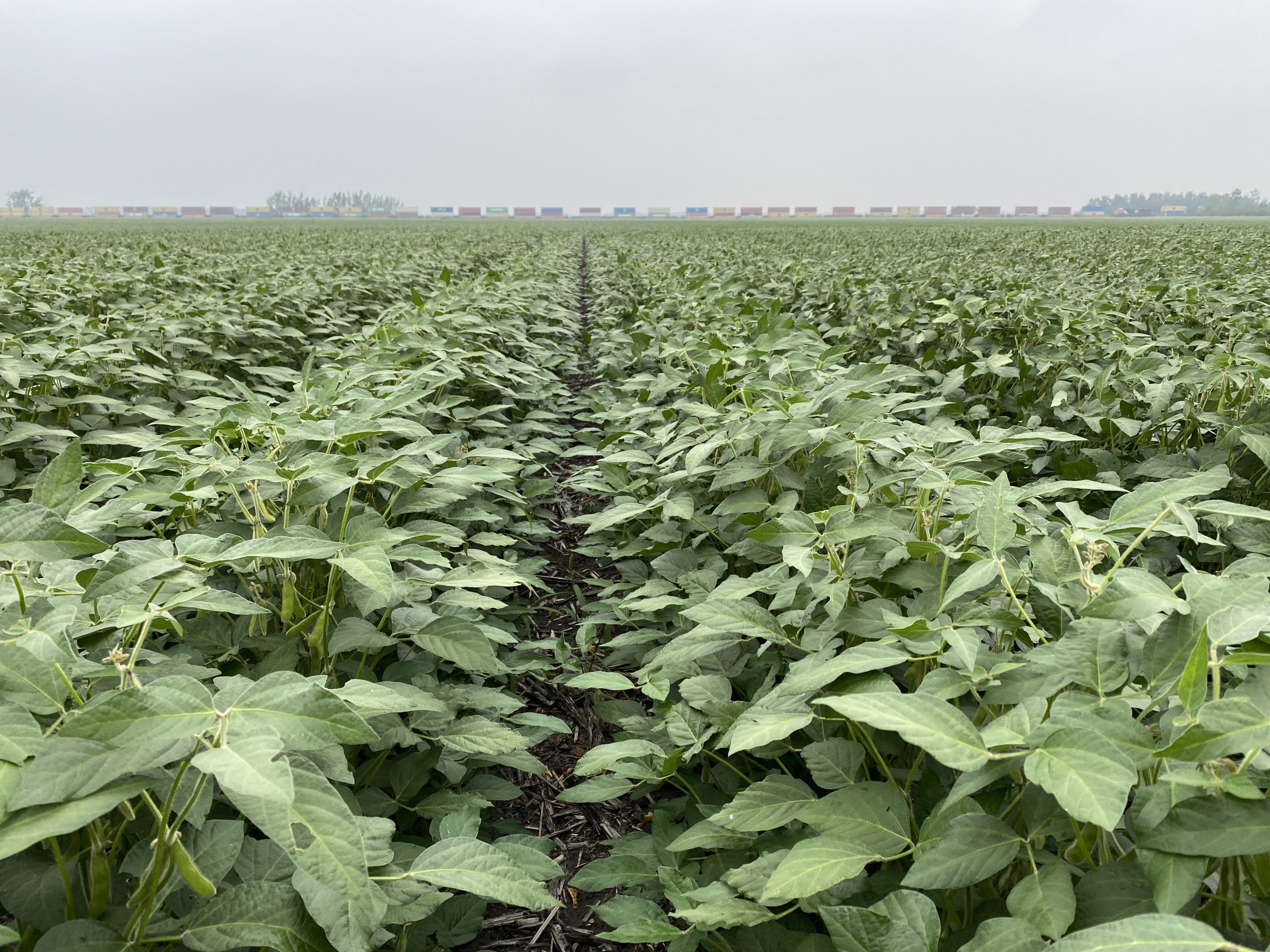
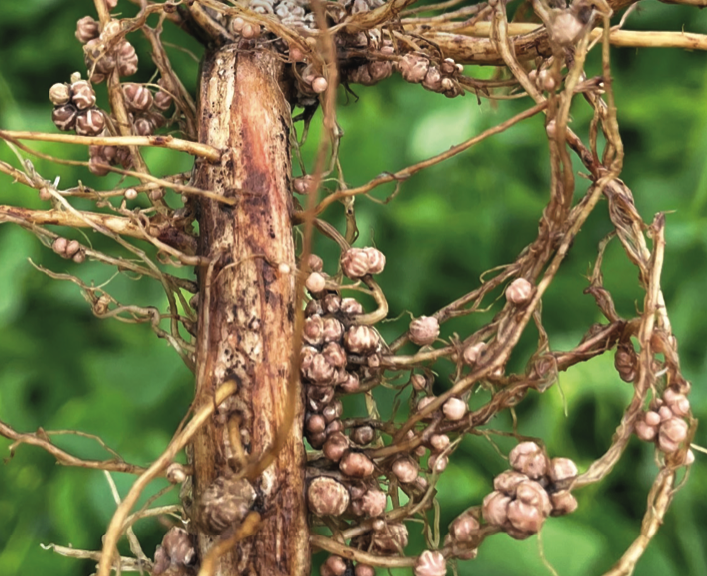
You must be logged in to post a comment.